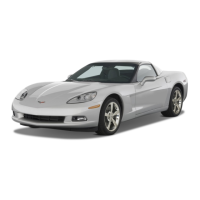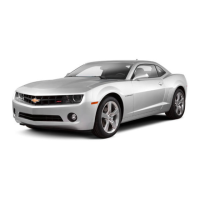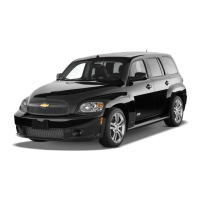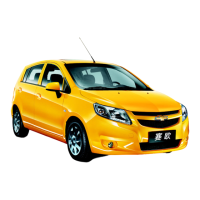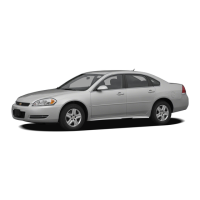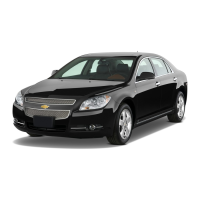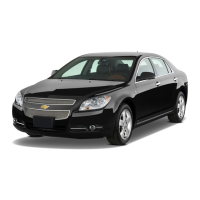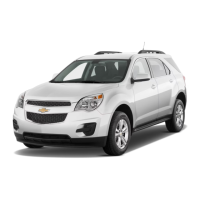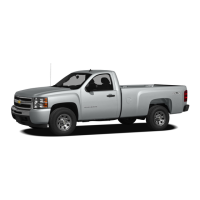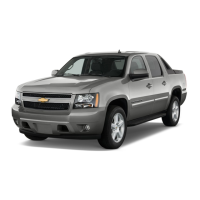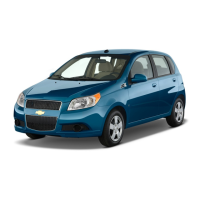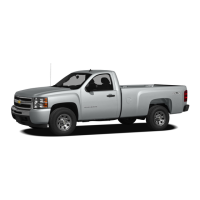Hitches
It is important to have the correct hitch equipment.
Crosswinds, large trucks going by and rough roads are
a few reasons why the right hitch is needed.
Weight-Distributing Hitches and Weight
Carrying Hitches
A step bumper hitch can be used for trailers up to
2,000 lbs (907 kg) total weight, and 200 lbs (90 kg)
tongue weight.
Notice: If a step-bumper hitch is used, the bumper
could be damaged in sharp turns. Make sure
there is ample room when turning to avoid contact
between the trailer and the bumper.
Safety Chains
Always attach chains between the vehicle and the
trailer. Cross the safety chains under the tongue of
the trailer to help prevent the tongue from contacting the
road if it becomes separated from the hitch. Instructions
about safety chains may be provided by the hitch
manufacturer or by the trailer manufacturer. For trailers
up to 2,000 lbs (907 kg) safety chains may be
attached to the attaching points on the bumper. For
heavier trailers, follow the trailer or hitch manufacturer’s
recommendation for attaching safety chains. Always
leave just enough slack so the rig can turn. Never allow
safety chains to drag on the ground.
Trailer Brakes
A loaded trailer that weighs more than 1,000 lbs
(450 kg) needs to have its own brake system that is
adequate for the weight of the trailer. Be sure to read
and follow the instructions for the trailer brakes so
they are installed, adjusted and maintained properly.
Since the vehicle is equipped with StabiliTrak
®
, the trailer
cannot tap into the vehicle’s hydraulic brake system.
5-54
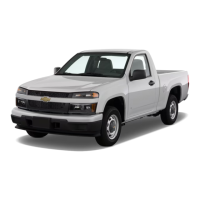
